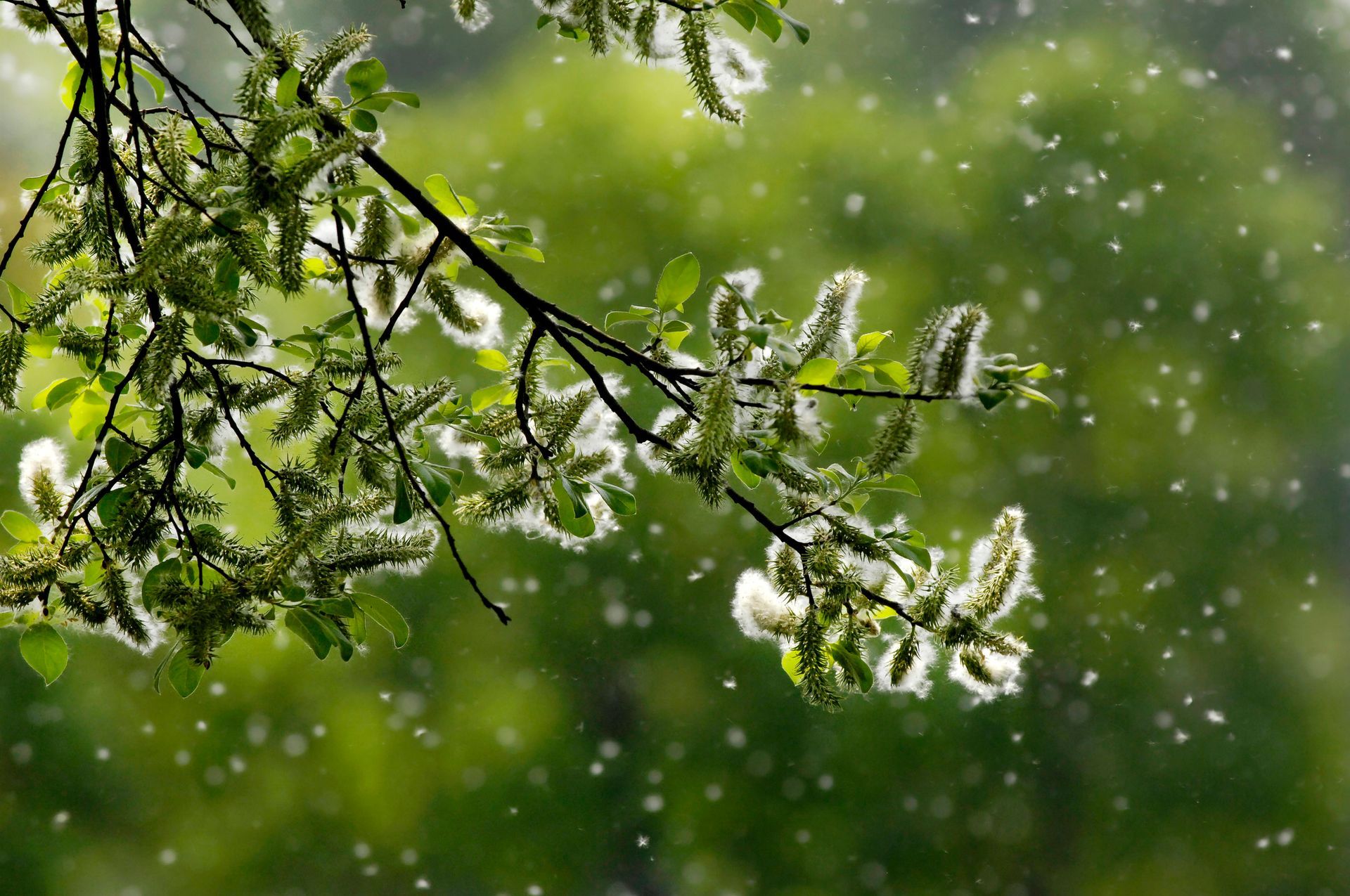Wildfire Season in California: How Smoke Impacts Asthma Sufferers
As California's wildfire season intensifies each year, the air quality across the state deteriorates, causing significant health concerns, particularly for individuals with asthma. According to the *American Academy of Allergy, Asthma, and Immunology (AAAAI) <https://www.aaaai.org>*, wildfire smoke contains particulate matter, volatile organic compounds, and carbon monoxide, all of which can severely affect respiratory health. For asthma sufferers, exposure to these particles can trigger an asthma attack, worsen symptoms, or increase the need for emergency medical care.
Research from the *Mayo Clinic <https://www.mayoclinic.org>* highlights that the fine particulate matter (PM2.5) found in wildfire smoke is particularly harmful. These tiny particles, less than 2.5 micrometers in diameter, can penetrate deep into the lungs, irritating the airways and making breathing more difficult. The Mayo Clinic notes that people with asthma are at a higher risk of developing severe symptoms, including wheezing, coughing, and shortness of breath, even if they are not directly near the wildfire.
The *Centers for Disease Control and Prevention (CDC) <https://www.cdc.gov>* reports that exposure to wildfire smoke has been linked to an increase in
hospital visits for respiratory issues, particularly among individuals with asthma. In some studies, people with asthma living in areas affected by wildfire smoke experience a 20% increase in asthma-related health issues.
During wildfire season, it’s crucial for those with asthma to take precautions to minimize exposure. The *AAAAI* recommends staying indoors, using high-efficiency particulate air (HEPA) filters, and keeping windows and doors closed. For outdoor activities, wearing an N95 mask can help reduce the intake of harmful particles. Individuals should also ensure they have access to their rescue inhalers or other medications prescribed for asthma management.
For anyone living in areas prone to wildfires, regular asthma check-ups are essential to ensure that treatment plans are up to date. By taking these steps, asthma sufferers can better manage their condition during wildfire season and reduce the risk of serious health complications.
Get prepared today—see our providers to get your allergy and asthma medications refilled, and ensure you have everything you need for the upcoming season.


